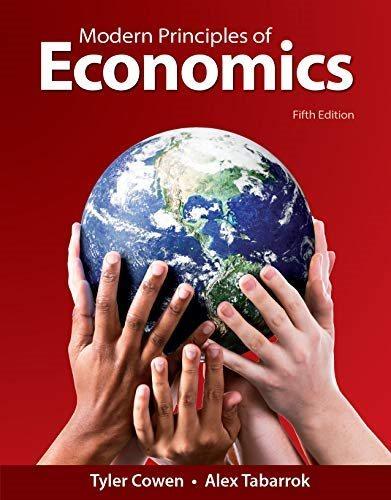Change the production function used in the chapter to reflect the contribution of labor in the production
Question:
Change the production function used in the chapter to reflect the contribution of labor in the production process. As with capital, labor also has diminishing returns, so let Y = Now suppose that immigration reform leads to an increase in this country’s labor force.
a. Begin with a country in a steady-state condition at YSS = and let KSS equal 400 and L = 100. What is the steady-state level of output?
b. Show the short-run effects of a 21% increase in the amount of labor available for use in this country such that L1 = 1.21L on the Solow diagram.
c. What are the algebraic and numeric outcomes for the short-run level of output, that is, YSS in terms of KSS and L?
d. Show the new steady-state level of output on the diagram.
e. Demonstrate whether this country will be able to produce 21% more output with a 21% increase in the labor supply. Show this result algebraically. As illustrated in Challenge question 25, you will need to use the steady-state condition gY = δK to show this result.
f. Derive output per worker in the initial steady state (use Y0SS from part a and divide by the labor force); output per worker in the short run (use Y1SS from part c and divide by the new labor force); and output per worker in the long run (use Y1SS from part e and divide by the new labor force).
g. Are the citizens of this country made worse or better off in the long run by a new immigration policy such as this; that is, how does the new long-run level of output per worker compare with the initial level of output per worker?
h. Bonus: What is the value for the new steady-state level of capital stock in this country?
Step by Step Answer:






